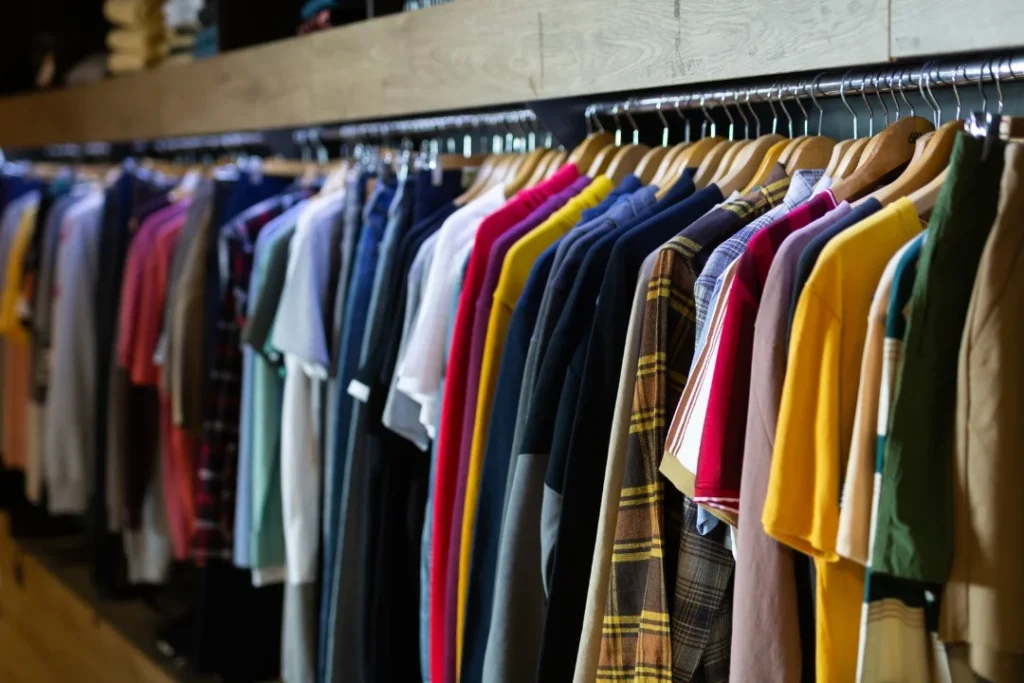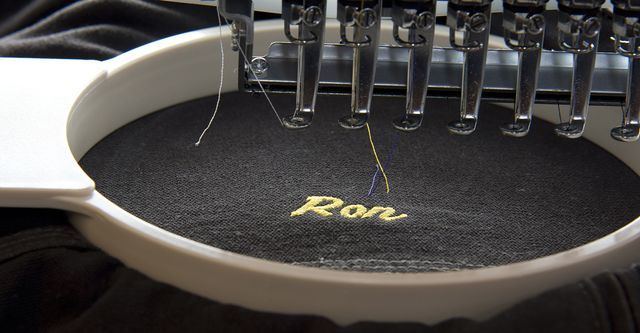Avoid These Mistakes When You Start A Clothing Line in Pakistan to Save Time & Money
Have you ever wondered why some clothing lines in Pakistan barely make it past the first year, despite having decent designs? You see, starting a fashion brand here isn’t just about a logo, a few fabric rolls, and an Instagram page. The problem runs deeper. People dive into this industry full of ambition but miss the basics, like clothing brand marketing strategy in Pakistan, and production realities. Pakistan’s market is highly competitive, with growing saturation in both eastern and western wear niches. One wrong move and you’re sitting on unsold stock, broken supply chains, and zero customer retention.
Here’s the thing: it’s not enough to love fashion. You have to treat it like a business from day one. If you plan to start a clothing line in Pakistan, you need to get your head around manufacturing hurdles, brand positioning, logistics, and most importantly, demand vs. fantasy. In this blog, we’re laying out the biggest mistakes beginners make, and how you can skip them without learning the hard (and expensive) way. You will leave with a more astute strategy for creating a successful, expandable brand in Pakistan’s fashion industry.
Top Errors to Steer Clear of When Launching a Clothing Brand in Pakistan

Jumping In Without Researching Your Market
Many aspiring brand owners start a clothing line in Pakistan because they’ve seen someone else do it, or think there’s money in it. But trends here shift quickly. What worked last summer may not even register this year. Start with actual consumer data: Which age range are you aiming for? Are you interested in luxury fashion, or are you attempting to address the fashion concerns of middle-class women? Facts, not gut feelings, must be used to support decisions.
Failing to Define a Niche
You cannot sell everything to everyone. A vague brand identity is the fastest route to becoming forgettable. Do you want to make affordable college-wear for Gen Z, or formal ethnic clothing for working women? Everything from fabric selection to marketing tone can be influenced by clearly defining a niche. If you want to launch a copyright clothing brand in Pakistan that appeals to a devoted clientele, you must take a targeted strategy.


Underestimating Fabric & Sizing Issues
One of the top complaints from buyers in Pakistan? “It looked good online but didn’t fit.” Local tailoring standards vary wildly. If you’re outsourcing manufacturing, you need size charts that reflect local body types. Also, not every fabric survives local washing habits or heat levels. Quality control isn’t optional; it’s survival.
No Branding Strategy
Designs come and go, but a brand identity sticks if it’s done right. New apparel companies frequently omit this stage because they believe a logo will suffice. Wrong. You require a story, a color scheme, and a tone. This is how you connect with your customers emotionally. It’s what keeps someone from choosing another Rs. 1,999 kurta over yours.


Copying Big Brands
When you copy a leading brand, you’re competing with someone who already dominates that category, with better budgets, better margins, and deeper supply chains. People see through it, too. Originality wins. If you start a clothing line in Pakistan, your best bet is to bring something fresh to the table, whether it’s a cut, fabric innovation, or visual storytelling.
Giving Up Too Soon
Building a brand takes time. Sales may be slow for the first few months. That doesn’t mean you failed; it means you’re learning. Tweak, improve, relaunch. Many successful brands in Pakistan went through 3–4 reinventions before finding their groove. Be patient, but intentional.


Bad Vendor Choices
Let’s talk production: if your manufacturer is always late, inconsistent in sizing, or hikes costs mid-process, your brand suffers. In Pakistan, where many vendors operate informally, due diligence is critical. Ask for sample runs. Visit workshops. Review previous client feedback. Poor backend choices will show up in your final product and your reputation.
Overcomplicating Designs
Complex embroidery, multiple fabric panels, and experimental stitching often seem “premium” on paper, but they can skyrocket costs and delay delivery. When starting, keep designs streamlined yet bold. Not only are simpler pieces more cost-effective to produce, but they’re also easier to scale when orders increase.


Not Pricing Properly
Too expensive? You lose reach. Too cheap? You lose profits. Consider fabric prices, labor, transportation, packaging, and profit margins; do not forget to account for hidden costs like influencer gifts or seasonal specials. Pricing is more than just a number; it is a statement.. If you start a clothing line in Pakistan without a realistic pricing structure, you’re setting yourself up for constant loss.
Ignoring Logistics & Delivery
What happens after someone hits “Order Now”? Many new brands don’t consider delivery partners, packaging quality, return systems, or COD rejection rates. Local delivery in Pakistan can be unpredictable, especially in Tier 2 cities. Plan your backend systems with as much attention as your designs. Timely delivery is part of your brand’s reputation.


Depending Only on Instagram
Instagram is powerful, but it’s not a business model. What if your account gets shadowbanned or hacked? What if the algorithm tanks your visibility? Create a strong base with pop-up shops, website storefronts, WhatsApp catalogs, or email lists. You need to expand your reach beyond one platform if you want to launch a clothing line in Pakistan.
Not Taking Feedback Seriously
Whether it’s a cousin or a paying customer, feedback reveals cracks in your brand. Don’t get defensive, get better. Adjust sizing. Change the packaging. Improve your response time. Brands that listen last. Ignoring feedback is like leaving money and trust on the table.


Skipping Professional Photography
Your designs may be amazing in person, but if your photos are pixelated or poorly styled, you’ve already lost half your audience. Hire a stylist. Use natural lighting. Work with a model who reflects your target audience. Professional visuals can create instant trust, even before someone reads your product description.
No Real Launch Plan
It is not enough to post “Coming Soon” and hope for the best. A successful launch includes teasers, influencer collaborations, a countdown, and early-bird offers. Build excitement before the drop. It’s much harder to recover from a flat start than to delay and do it right.


How Rijiz Helps You Avoid These Mistakes
At Rijiz, we partner with local startups who want to build clothing lines that are sustainable, affordable, and scalable, without cutting corners. Our clients get access to:
- Dedicated fabric sourcing support
- Local-size pattern making
- MOQ-friendly production for beginners
- Pre-delivery quality checks
- Timely logistics coordination
We don’t just manufacture, we co-create. If you’re serious about starting a clothing line in Pakistan, we’re here to make sure your launch isn’t based on guesswork but on experience.
Conclusion: Build Smart, Not Fast
Establishing a clothing line in Pakistan involves more than just releasing goods; it also entails making an impact. Even the best ideas can quickly go off course in the absence of clear planning and actionable steps. Many brands fail because they rushed or neglected the fundamentals, not because they lacked originality.
Remain concentrated. Recognize your market. Choose your sources carefully. Be reasonable when it comes to costs and schedules. Develop your brand with perseverance and purpose if you want it to expand and remain current. Making wise decisions now can save serious problems later. Smart always beats fast in Pakistan’s burgeoning fashion industry.
FREQUENTLY ASKED QUESTIONS
Local manufacturing gives you control over sizing and fabric, but takes time. Importing is quicker but riskier. If quality and originality matter, local is better.
Start with what you understand best. Many new brands succeed with women’s casual wear or fusion wear, as the demand is high and margins are flexible.
Yes. Many successful clothing brands in Pakistan are run by people from business, tech, or even medical backgrounds. Just learn fast and partner smart.
Start solo if your budget is tight. But for scaling, you’ll need support, at least for customer.
